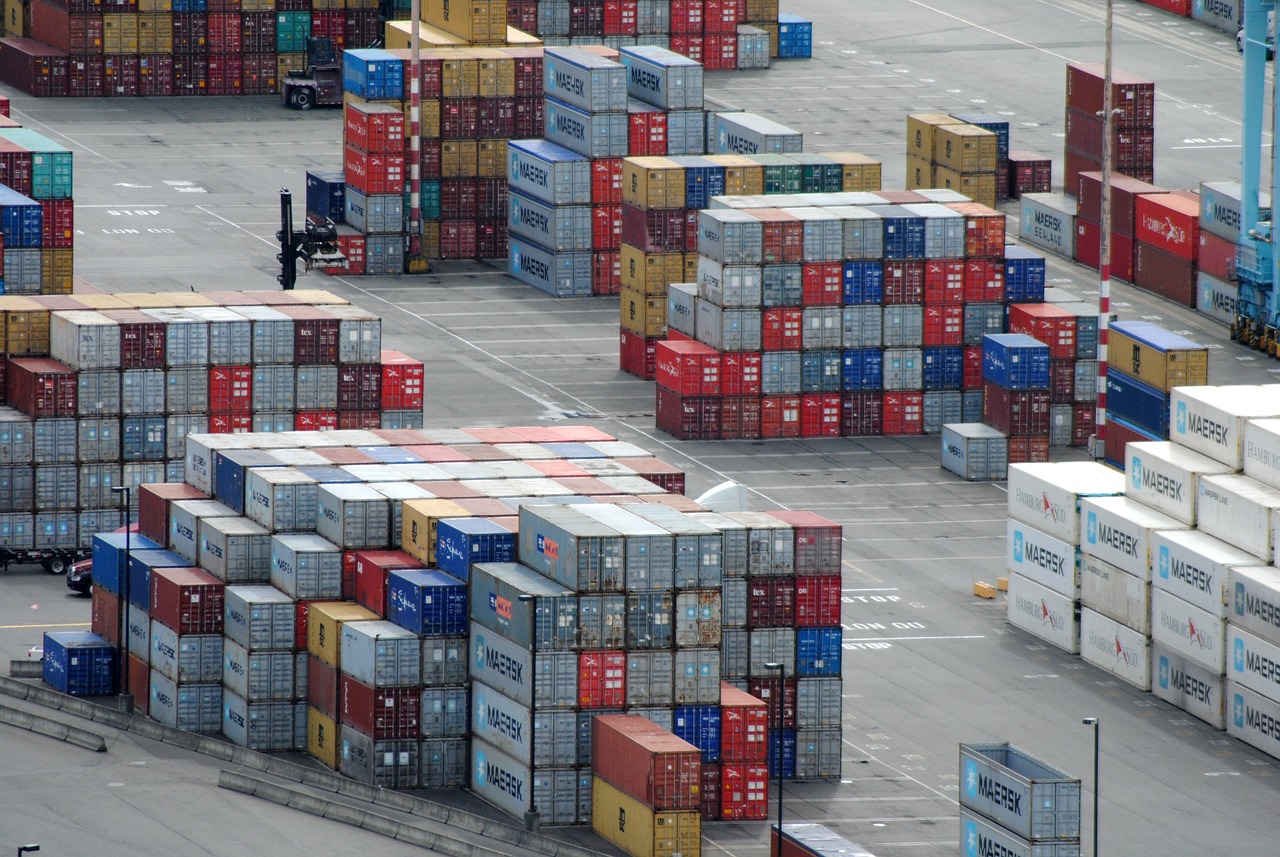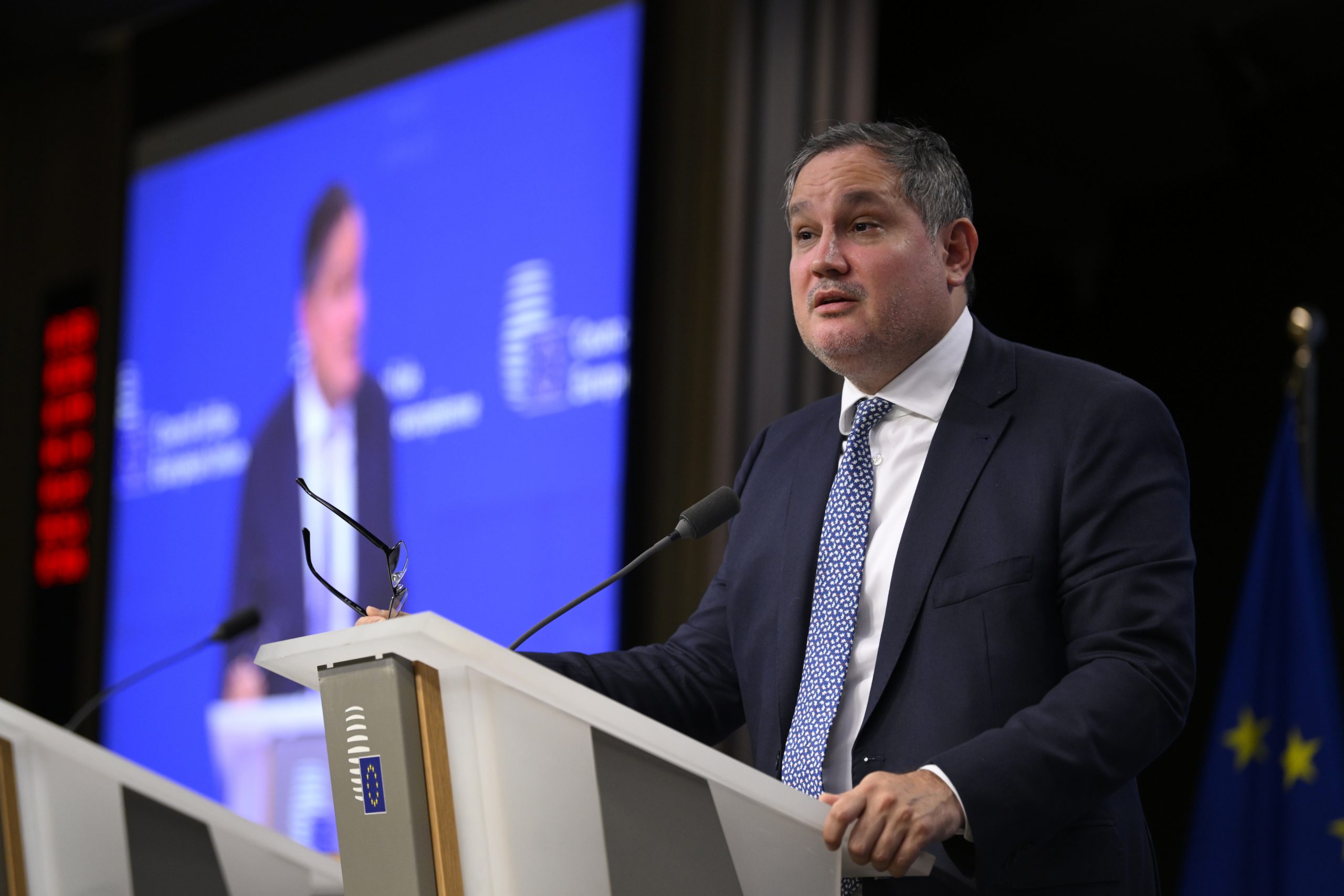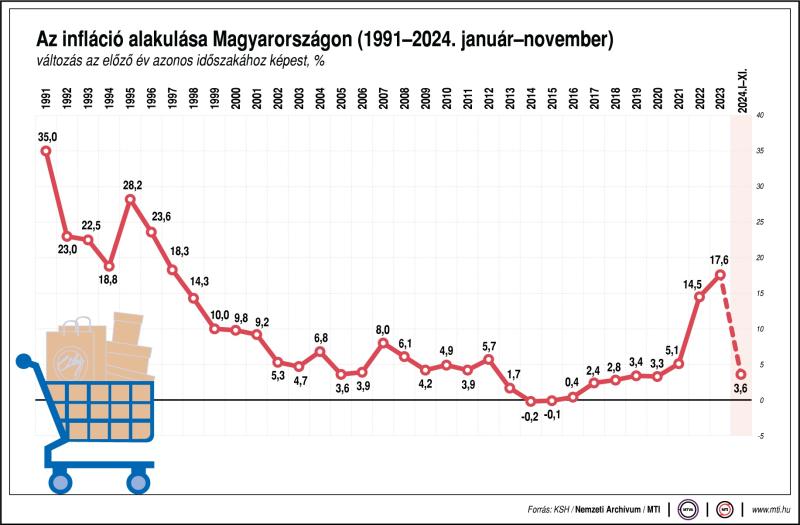
From January to September, Hungary recorded a trade surplus of EUR 9.3B.Continue reading

Consumer prices in Hungary rose by an average of 3.7% in November 2024, compared to the previous year, marking a stable inflation rate in line with government and market expectations. The Hungarian Central Statistical Office (KSH) also reported a 0.5% increase in prices from October, with vehicle fuel costs up by 2.4% month-on-month.
Year-on-year, food prices increased by 4.9%, driven by significant jumps in key items. Flour saw a staggering 39.3% rise, while milk prices increased by 16.6%, and chocolate and cocoa by 12.8%. Other notable hikes included fruit and vegetable juice (11.7%), edible oil (10.1%), eggs (9.8%), and butter (9.7%). Restaurant meals and non-alcoholic beverages also experienced notable increases at 7.9% and 6.3%, respectively.
Conversely, some items became more affordable. Dry pasta prices dropped by 6.4%, sugar by 5.8%, and margarine by 2.7% over the past year, reflecting some relief for consumers.

Consumer price trends in Hungary (2023 November/2024 November). Graph: MTI
Services saw a 7.0% price increase, with the most significant rises in vehicle rental, parking, and tolls (10.9%), as well as vehicle repair and maintenance (10.5%). Cultural activities, such as sports and museum admissions, rose by 9.6%, while home repair and personal care services saw increases of 8.8% and 8.7%, respectively.
Household energy prices fell by 3.2%, with piped gas and electricity becoming slightly more affordable. Durable consumer goods, including used cars, new cars, and household furniture also saw price decreases, providing some balance to overall inflation.
Minister for National Economy Márton Nagy emphasized the government’s role in keeping inflation at a persistently low level. He attributed this achievement to targeted measures such as the online price monitoring system, fostering retail competition, and consumer protection initiatives that ensure fair pricing practices.

Minister for National Economy Márton Nagy. Photo: MTI/Purger Tamás
“Thanks to disinflation, the purchasing power of wages has been rising steadily for over a year, boosting consumer confidence and driving growth in retail and tourism sectors,” Minister Nagy remarked. He noted that
real wage growth, currently exceeding 9%, has been a cornerstone of Hungary’s economic resilience.

Inflation trends in Hungary (1991-2024). Graph: MTI
Looking ahead, the government aims to achieve over 3% economic growth in 2025, supported by a new 21-point action plan. This initiative focuses on affordable housing, wage growth aligned with economic performance, and strengthening small and medium-sized enterprises (SMEs).
Central to this plan is the Sándor Demján Program, allocating HUF 1,410 billion (EUR 3.4 billion) to SMEs through favorable loans, investment grants, and digitalization incentives. The politician stressed that boosting productivity and efficiency among domestic businesses is critical for sustaining low inflation and enhancing competitiveness.
Via MTI; Featured image via Pixabay